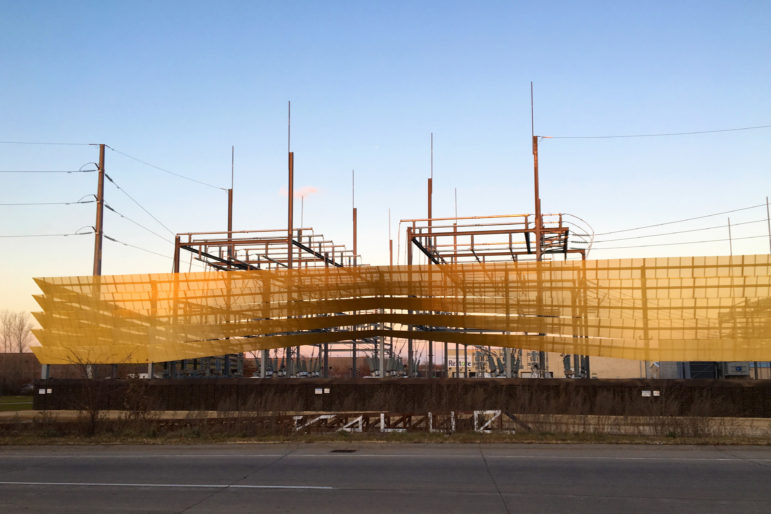 The way we get electricity is undergoing a radical transformation. Throughout the 20th century, utilities tended to build larger and larger power plants—like the 1,100 megawatt Prairie Island nuclear plant near Red Wing or the 2,200 megawatt Sherco coal plant near Becker. Technology advances and cost declines have reversed this trend, and today smaller “distributed energy resources” are in vogue. Distributed energy resources can make the grid cleaner and more resilient, while also saving customers money.
The way we get electricity is undergoing a radical transformation. Throughout the 20th century, utilities tended to build larger and larger power plants—like the 1,100 megawatt Prairie Island nuclear plant near Red Wing or the 2,200 megawatt Sherco coal plant near Becker. Technology advances and cost declines have reversed this trend, and today smaller “distributed energy resources” are in vogue. Distributed energy resources can make the grid cleaner and more resilient, while also saving customers money.
Greater flexibility
Distributed energy resources offer tremendous benefits for electricity customers. Whereas large, centralized power plants take several years—or even decades—to build, distributed energy resources like solar and battery storage can be deployed in just months. This reduces the risk that a large plant will be built and then turn out to not be needed. Solar panels and battery cells are also modular, able to be sized to fit any type of need from residential systems in roofs and garages to huge utility-scale solar farms. By producing electricity right on site, distributed resources avoid “line losses” that occur when electricity is transported over long distances. These savings can be considerable: on average, about six percent of the electricity generated in Minnesota is lost on the way to customers. Distributed energy resources can also improve the reliability of electricity service if they are networked into “microgrids.” They can even go beyond electricity generation and storage: distributed energy resources can also include flexible electricity loads like electric vehicles or water heaters, or customers agreeing to reduce consumption during high-cost times in exchange for lower bills.
Falling costs
The costs of distributed energy resources are falling at a breakneck pace. Solar installation costs have fallen by 70 percent since 2010, and GTM Research predicts costs will fall by another 27 percent by 2022. Battery storage costs fell 77 percent between 2010 and 2016, and Tesla predicts the economies of scale of its under-construction Gigafactory will reduce costs by an additional 35 percent. Morgan Stanley now predicts demand for grid-scale battery storage will increase more than tenfold in just the next two to three years. Tucson Electric Power recently signed a power purchase agreement for a 100 megawatt solar array with a 30 megawatt storage system with a levelized cost of just 4.5¢ per kilowatt hour (for perspective, Minnesotans pay an average of 9.5¢ per kilowatt hour for electricity). Declining costs and new models could lead to over one million electric vehicles sold per-year in the U.S. by 2022. New software and hardware offerings will allow more flexible and profitable demand response.
Plan for the future
In spite of these developments, none of the state’s for-profit utilities currently consider the impacts of distributed energy resources growth in their planning forecasts. These technologies will continue to advance and adoption will increase whether utilities plan for them or not. But without guidance, distributed energy resources will not be directed to the locations on the electric grid where they would provide the most value, and customers may have to pay for unnecessary grid upgrades or even unnecessary power plants.
Fresh Energy has urged the Minnesota Public Utilities Commission to begin an “integrated distribution system planning” process to allow for thoughtful integration of distributed energy resources. Through proactive planning and intervention, utilities can optimize the deployment of distributed energy resources, making the grid cleaner and more resilient, while also saving customers money.

